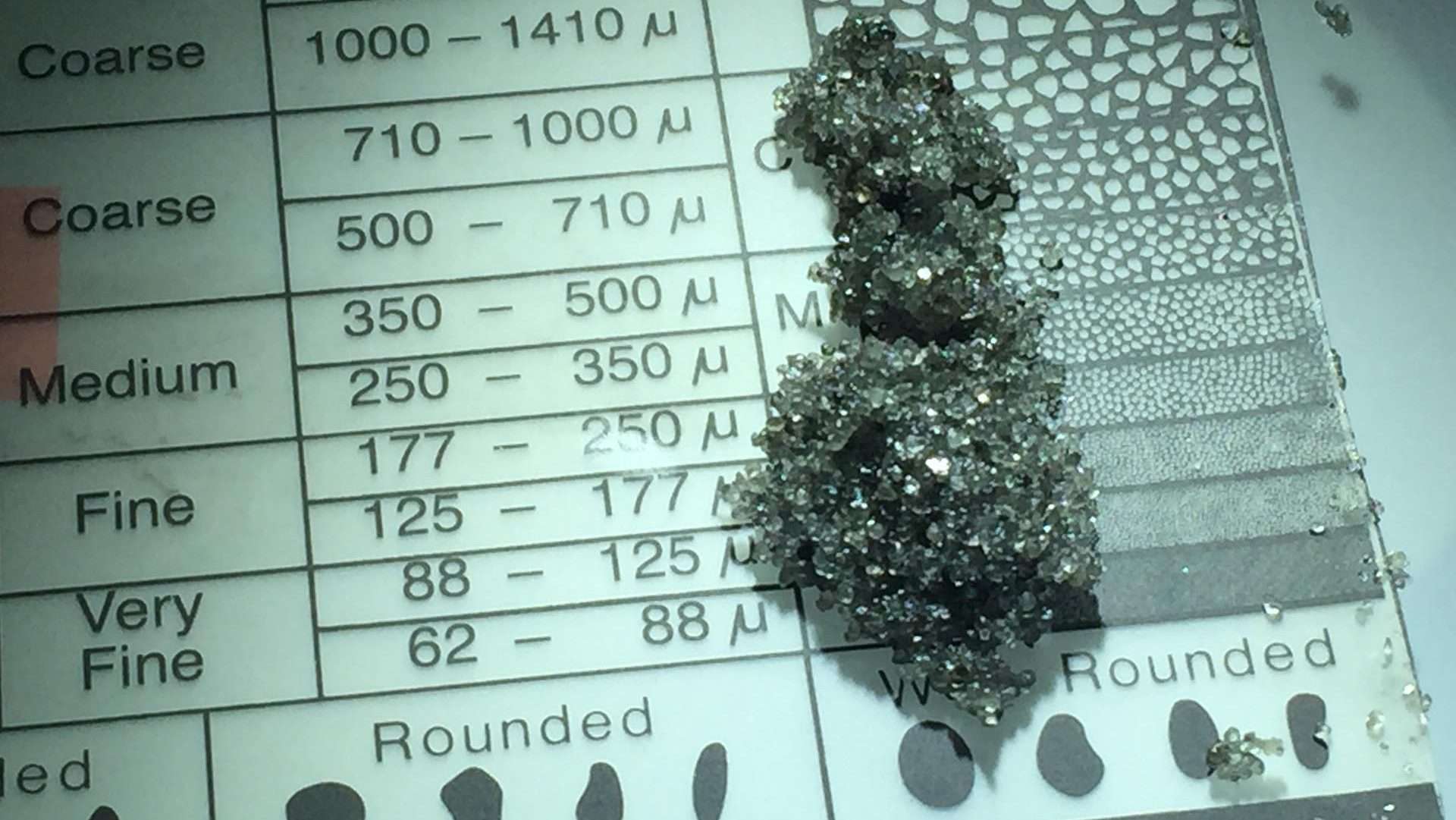Abstract
Permeability of seven sandstone samples was measured in the laboratory with distilled water as the pore fluid. Pore pressure was varied between 20 and 300 bars and confining pressure between 50 and 600 bars. All experiments were at room temperature. Confining pressure P and pore pressure Pp were varied independently to determine their effect on absolute permeability. In sandstones with larger amounts of clay the change in permeability K due to pore pressure f3 = 2K/3P, was greater than due to confining pressure a = ~K/BPC. The ratio of S/a for a clean St. Peter sandstone was close to 1, indicating that permeability was essentially obeying the common effective stress law ‘F = PC – Pp. On the other extreme, a sample of Bandera sandstone with about 20% clay had a $/a value of 7.1. This implies that pore pressure is seven times more effective in changing permeability than confining pressure. Other samples with intermediate clay contents had $/a values ranging from 0.5 and for high clay content to 950 and in clay free rocks. We conclude that for constant porosity in the rock studies, the permeability decreases and the ratio S/a increases systematically with clay content. The results are valid over a range of 1000 in permeability and a factor of 10 S/a . Identical experiments with the same samples are now being run with brine as.the pore fluid.



